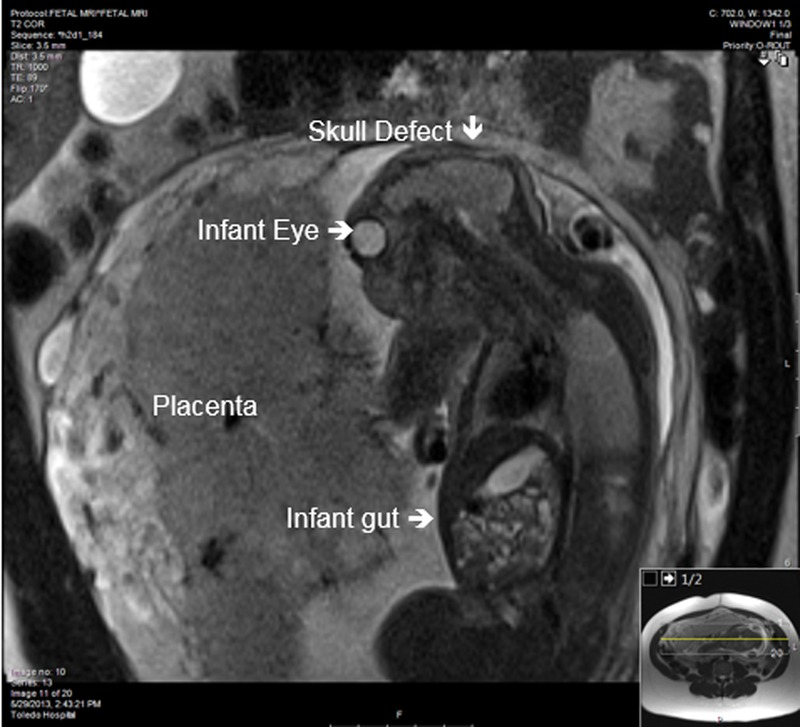As someone who's family has dealt with having a
loved one deal with rheumatoid arthritis, I have seen them run through a wide
array of treatment options. They tried everything from chemotherapeutic
injections to dietary changes and natural remedies, however the only treatment
that has worked so far is stem cell treatment. According to an article
published by Frontiers in Immunology journal, Mesenchymal stem cell (MSC) treatment
uses embryonic mesodermal stem cells for their regenerative
properties to promote healing in the recipient. The MSCs secrete a regenerative
bioactive factor that acts as a signal to surrounding cells. These factors stimulate
site-specific and tissue-specific stem cells of the patient rather than growing
into tissue producing cells. Thus, initiating growth of local cells native to
the patients own body.
MSC’s are found naturally in a few
main areas of the body which include bone marrow, the umbilical cord, adipose tissue
and synovial membranes (the layer surrounding joints which can be affected by
rheumatoid arthritis and osteoarthritis). Each of these areas where MSCs are
found have distinct advantages and disadvantages in treatment applications. Bone
marrow derived MSCs (BM-MSCs) was the first site used for extraction in
research studies due to its safety and effectiveness. BM-MSCs are marked by
their high differentiation potential which is associated with a high repair
potential. However, the disadvantages of BM-MSC’s include the risk of
harvesting, condition of the donor, and risk of infection. In the case of the use
of these stem cells to treat rheumatoid arthritis, the goal is to reduce the synovial
inflammation which leads to synovial hypertrophy, ultimately resulting in bone
and cartilage erosion. All these processes leave the patient with severe joint
pain and a lack of mobility. In a non-arthritic joint T-lymphocytes and B cells
monitor and control inflammation and swelling. When treated with BM-MSCs,
however, studies have shown promising progress in the effectiveness of inflammation
reduction. Additionally, studies have found that MSCs might be even more
effective in treating the swelling of synovial fluid by promoting stimulation
of regulating immune cells. Ultimately having a positive outlook on treatment
options for subsiding swelling in joints and preventing further degradation of
bone and cartilage tissues.
Hwang JJ, Rim YA, Nam Y, Ju JH. Recent Developments in Clinical Applications of Mesenchymal Stem Cells in the Treatment of Rheumatoid Arthritis and Osteoarthritis. Front Immunol. 2021 Mar 8;12:631291. doi: 10.3389/fimmu.2021.631291. PMID: 33763076; PMCID: PMC7982594.

